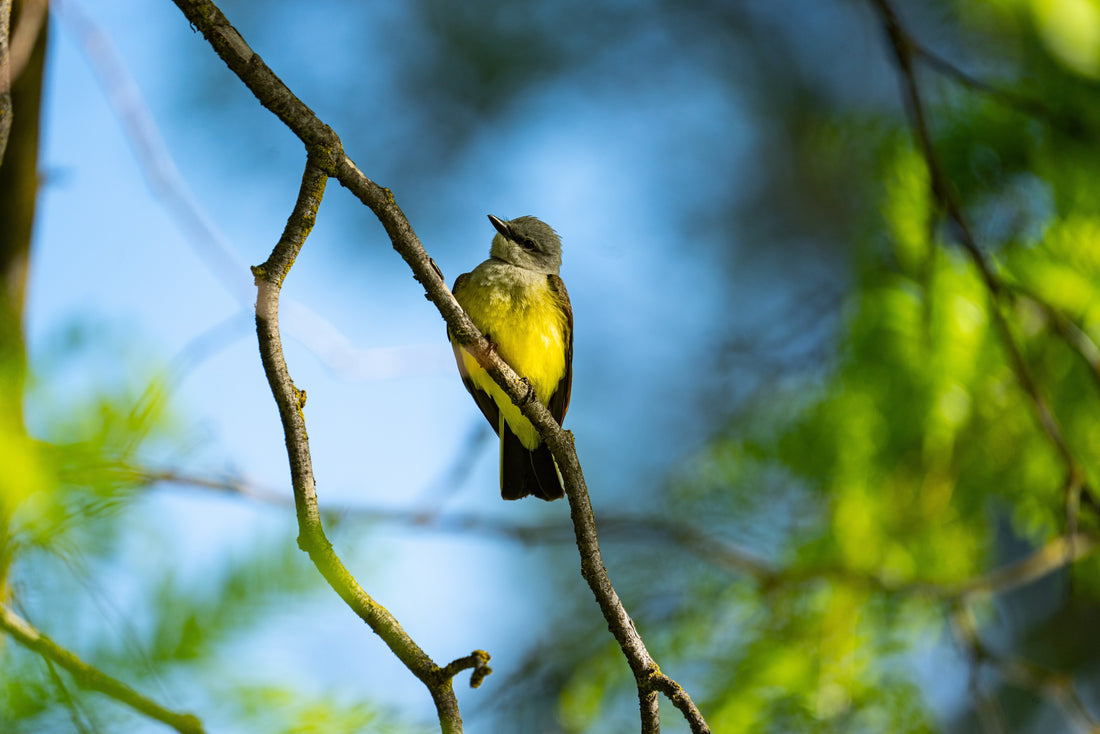
Birding Grant County (Washington State)
Share

Potholes State Park
Want some quality birds? Grab your bins, hop in the car and start driving straight to potholes state park. ~2.5 hours from Seattle, this concentrated park is a magnet for birds as a green oasis in the Palouse. The large manmade lake adjacent to the park that trickles in Columbia National Wildlife Preserve is also full of gulls, terns and waterbirds. I started here and was pleasantly surprised to meet Matt, the top ebirder in Grant county, who also put up some awesome birds that got me interested in the region. We birded the edges of the park and quickly found Lazuli Bunting, Townsend's Warbler, Bullocks Oriole and Warbling Vireo. This was just the warmup, as I continued through the park I found Hermit Thrush, Lark Sparrow, Western Grebe, Caspian Tern and Cedar Waxwing. The birding was top notch, Matt noted even finding a Lewis' Woodpecker and had previously seen other awesome migrants.

Overall in a few hours of birding I was able to find 40 species and got visual ID on most species. Some tall trees made the birding little difficult and a scope for the lake would have also been useful. Overall, a couple hours in the morning makes this a great spot to start.
Frenchman Birders Lot
Before or after Potholes State Park its a good idea to check out this small parking lot. It's a small wetland with a few ponds that are great for ducks and waterbirds. I found a Great Egret, Viginia Rail, and Cinnamon Teal in just a few minutes of birding. Theres not much to explore, but well worth a stop in to check and see what's present.
Columbia National Wildlife Refuge
Also near Potholes SP is the Colombia Wildlife Refuge, a large expanse of wetlands and large ponds perfect for waterfowl and swallows. I've explored the refuge a few times, but I never walked far from my car until this trip. This time I got out and started walking into Marsh Unit One. I entered from inside the refuge, not from the main highway gate. I walked down a small hill (rock wren) and entered into the maze of small lakes. One of the shallow lakes caught my attention and as I approached I was pleased to find Long-billed Dowitcher, Black-necked Stilt, and 2 Wilson's Phalarope (Lifer). There was plenty of waterfowl as well, but I couldn't find the Blue-winged teal I was hoping to find. I walked out and got in my car heading north.
Krupp
I ended up in the small town of Krupp, a small rundown town with only a few residents on the Wilson Creek. Reports of Tricolored blackbird drew me to the spot, but I couldn't make any definitive ID's on the blackbirds. There were some that looked questionable, but not perfectly enough to call such a rare state species. I birded a small portion of the creek that was lively and full of some great migrant species. I added Say's Phoebe, Ruby-crowned kinglet and wood duck to my list here. Not as great as I was hoping, but I was also visiting mid-day and was already getting a little tired. Only one more stop before heading back!
Soap Lake
One final stop at the small (and very pro-Trump) town of Soap Lake. The small town was quiet and so I headed straight to the lake. I found a small pull-off on the south side of the lake to scan the shoreline to the west. I was pleasantly surprised to find a large group of birds working the south-west corner of the lake including a few state lifers like American Avocet, red-necked Phalarope and some more black-necked stilt. On the water there were over 100 ruddy ducks, mixed in with a few shovelers. Overall this was my last stop, it was 5pm and time to head home. Overall I netted 72 species on the day. I was tired and ready to get home to relax.

